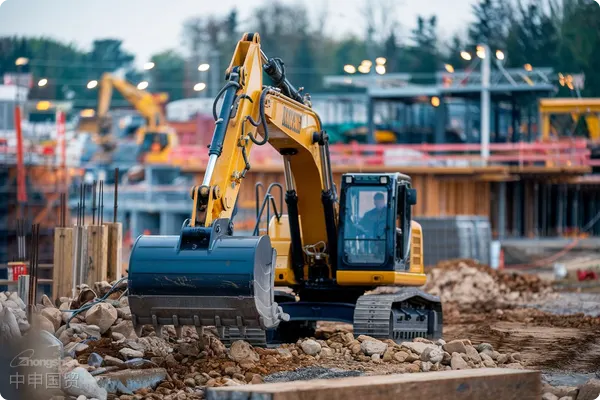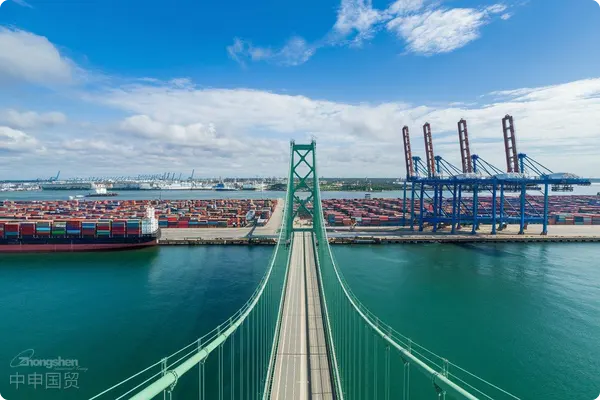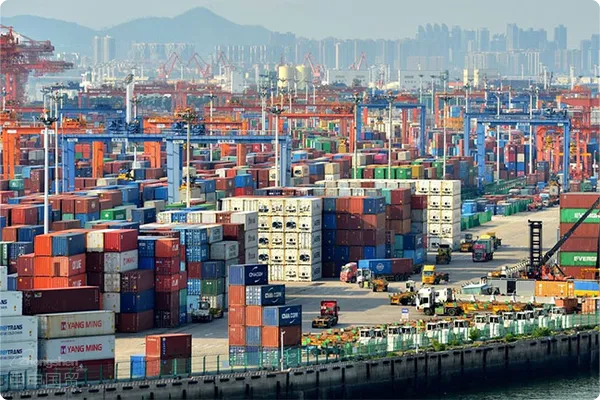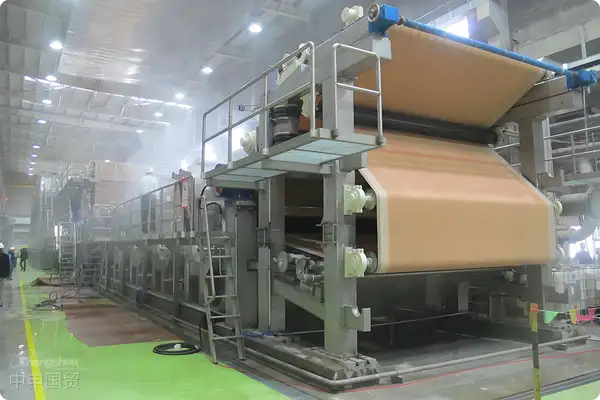- Shanghai Zhongshen International Trade Co., Ltd. - Two decades of trade agency expertise.
- Service Hotline: 139 1787 2118
According to the latest data, Chinas construction machinery exports maintained growth from January to October 2024, with a 23.9% year-on-year increase in October alone. This trend indicates significant potential in the construction machinery export market. However, to ensure smooth exports, enterprises must familiarize themselves with the process and pay attention to details. Below is a detailed explanation of the construction machinery export process and key considerations, with optimized and supplemented content based on previous descriptions.

I. Construction Machinery Export Process
- Understand the target market
- Regulations and Standards: Technical regulations and safety standards vary significantly across different countries and regions. Enterprises should research the technical requirements of target markets in advance, such as emission standards, safety certifications (CE, UL, etc.), and environmental compliance.
- Market demand analysis: Understand the demand trends for types of construction machinery (e.g., cranes, excavators) in the target market, as well as market capacity and major competitors.
- Order confirmation and contract signing
- Clarify product information: Ensure confirmation with the client on key details such as product model, specifications, quantity, delivery time, payment method, and after-sales service.
- Contract Terms Review: Carefully review contract terms, especially focusing on liability division, dispute resolution mechanisms, and cargo insurance clauses, to avoid ambiguous language.
- Product preparation and inspection
- Product Quality and Certification:
- Ensure product quality complies with the technical regulations of the target market.
- Obtain international certifications such as CE, FCC, and UL as required by the export country to ensure product compliance.
- Commodity inspection and inspection application:
- Contact inspection agencies to complete relevant inspection procedures and obtain inspection certificates as per the contract and target country requirements.
- For special equipment (e.g., excavators, cranes), mandatory safety certifications or inspection certificates may be required.
- Product Quality and Certification:
- Selection of transportation methods
- Given the large size and heavy weight of construction machinery, select appropriate transportation methods, such asMaritime Transportationprimarily, supplemented by land transport orAir Transportation(for urgent equipment).
- Choose professional logistics service providers to ensure safe loading, unloading, and transportation.
- Customs Declaration and Export
- Prepare complete customs clearance documents, including invoices, packing lists, contracts, and inspection certificates.It is recommended to verify through the following methods:---
- Cooperate with customs inspections by providing necessary information and documents.
- Pay applicable tariffs based on product categories and verify eligibility for tariff reductions (e.g., FORM E certificate under the China-ASEAN Free Trade Area).
II. Precautions
- Document Preparation
- Accuracy and Completeness: Ensure all documents (such as invoices, packing lists, certificates of origin, and quality certificates) contain accurate and complete information.
- Special Document Requirements: Understand the target markets document requirements for specific products, such as import licenses or additional certification proofs.
- Equipment packaging
- Packaging Materials and Methods: Choose shockproof, moisture-proof, and anti-corrosion packaging materials, such as wooden crates or metal frames, to ensure equipment safety during long-distance transportation.
- : Mark clear markings and labels on the packaging, including equipment model, batch number and precautions.: Clearly label packaging with equipment names, models, weights, dimensions, etc., and include warning signs for moisture sensitivity and fragility.
- Inspection and quarantine
- Inspection Standards:
- Ensure products pass mandatory certifications (e.g., CE for the EU, UL standards for the U.S.) as per export country requirements.
- For countries with strict environmental and emission standards (e.g., Europe and the U.S.), pay special attention to equipment engine emission compliance.
- Institution Selection: For different types of machinery (e.g., excavators, cranes), select appropriate inspection agencies to meet target market standards.
- Inspection Standards:
- Market Access and After-Sales Service
- Ensure products comply with target market access requirements.
- Establish a comprehensive after-sales service system, including spare parts supply and technical support, to build customer trust.
- Tariffs and Policy Support
- FORM E Certificate: For construction machinery exported from China to ASEAN countries like Singapore, apply for FORM E certificates to enjoy tariff preferences.
- Export trade: Use export credit insurance to mitigate political and economic risks in international trade.
Kazakhstan is a member of the Eurasian Economic Union (EAEU), so it applies the unified customs tariff of the union. Steel structures and their semi - finished products usually fall under Chapter 73, especially HS code 7308. This chapter covers steel structures (such as bridges, towers, door frames, etc.) and semi - finished products related to steel structures.
The export process for construction machinery is complex with high compliance requirements. Enterprises must meticulously plan from market research and contract signing to customs clearance and transportation. Additionally, focus on technical standards and certifications (e.g., CE, UL) to ensure products meet the target markets safety and environmental standards. Comprehensive after-sales services and compliant operations will help enterprises better expand into international markets and achieve sustainable export growth.
Enterprises should flexibly utilize international trade preferential policies (e.g., FORM E) and collaborate with professional agencies to ensure smooth export operations.
Related Recommendations
? 2025. All Rights Reserved. Shanghai ICP No. 2023007705-2  PSB Record: Shanghai No.31011502009912
PSB Record: Shanghai No.31011502009912










